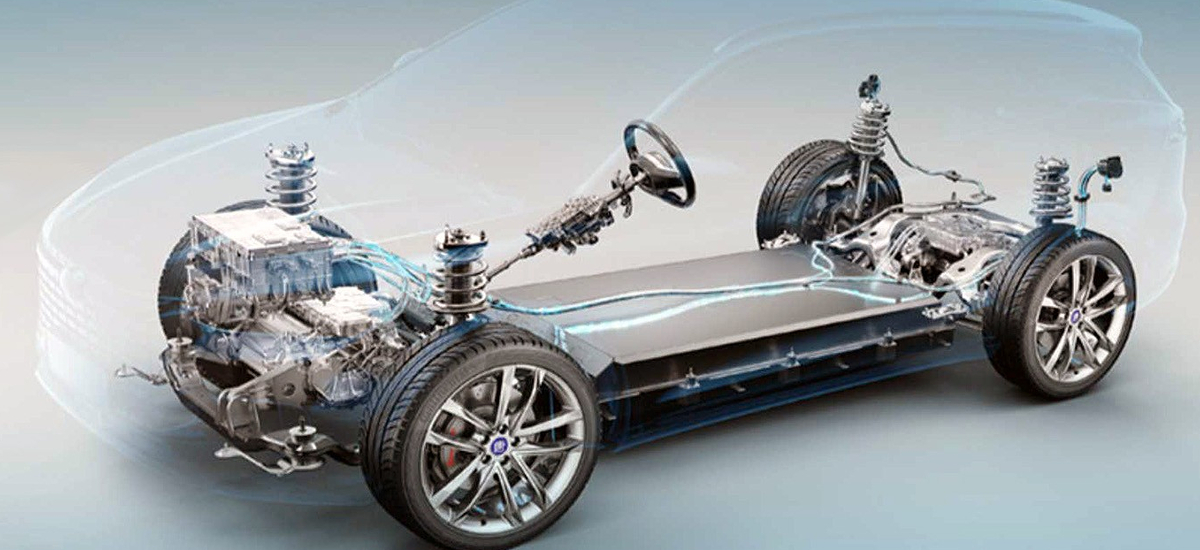
 Your Credit Estimate
Your Credit Estimate
 Your Credit
Your Credit
Your zip code helps us provide you with the most accurate vehicle pricing and vehicle availability.
We estimate your credit score to give you an idea of your monthly payments. To get an accurate payment amount, complete our credit application by clicking the Start Credit Application button below.
start credit application
The battery-electric vehicle (BEV) game is heating up. Major automakers are introducing electrified models every so often, but consumers are still wary about finding a place to charge up. It’s one of the reasons why PHEVs are winning this race. Consumers rather buy a PHEV instead of a BEV because if they can’t find a place to charge up, they can still rely on the gasoline engine. But a new competitor looms just around the corner: EREVs, also known as extended range electric vehicles.
Think about it. Many BEVs released these days have one trim dedicated to range, usually called “Long Range”. The Kia EV3 has it, as does the Kia EV6, and we’re sure the likes of the Dodge Charger Daytona SRT BEV will have it, as will the Wagoneer S. Jeep is all about that distance. One thing that could really turn the challenge of charging up on its head would be making it almost unnecessary. After all, the further a BEV can go, the less often it needs to charge up. It’s simple math.
An EREV could be the solution that can make buying a BEV more practical, and it’s not like automakers aren’t already trying to do this. Chrysler claims its Halcyon concept never needs to recharge. Aptera is an automaker focused on making solar electric vehicles. Ram Truck introduced a very interesting concept with the 1500 Ramcharger. Not a BEV, not a plug-in hybrid electric vehicle (PHEV), the 1500 Ramcharger estimated an all-electric range (AER) of up to 690 miles. What made it so special?
The 1500 Ramcharger is powered by a 92 kilowatt-hour (kWh) battery pack that powers two electric drive modules (EDMs) – one 250-kilowatt (kW) motor in the front and one 238 kW motor in the rear. Not only that, but the Ramcharger also came with an on-board 130 kW generator powered by a 3.6-liter V6 engine. Yes, a gasoline engine! At first glance, this would make it a plug-in hybrid, but not so fast. The gasoline engine doesn’t actually power the car. Instead, it burns fuel and transfers power to the generator that can then be used to recharge the battery pack. Pretty fancy.
Automaker Nissan is also starting to move in on this niche before it becomes popular. Having designed an EREV called e-POWER, the one hitch with this is that an EREV can’t be recharged. The battery pack is too small to make it worthwhile, but the e-POWER comes with an internal combustion engine (ICE) burning fuel to transmit energy to its batteries. It’s like the Ramcharger, but skips the middle man of an on-board generator. Extended range without the need to recharge? That’s something a BEV could never offer, and PHEVs are only worthwhile if they’re charged up from time-to-time. An EREV sounds like a real game-changer if we ever saw one.
It might take some time for automakers to take notice. EREVs may even disappear with the rising interest in hydrogen fuel cell vehicles slowly becoming more popular. It’s anyone’s guess what the next power source will be, but a multi-power powertrain is a great meeting of the two without sacrificing power or range. What do you think? Join the conversation on NowCar social media.